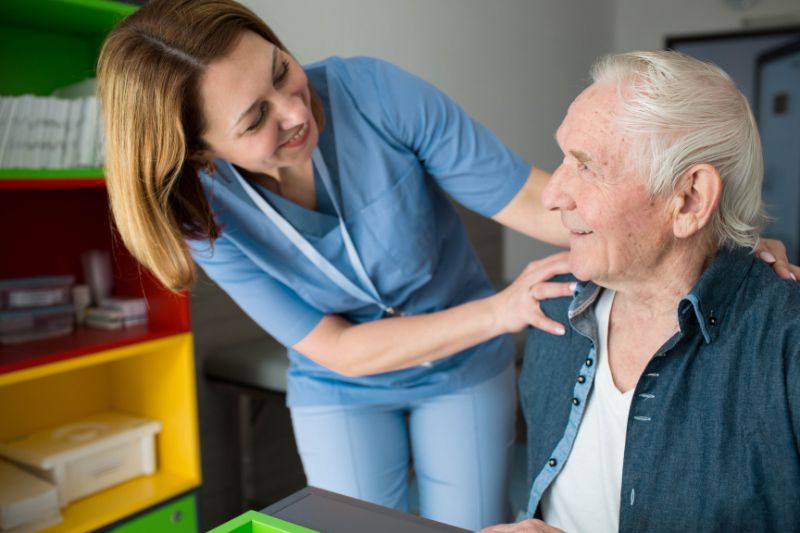
 \\
\\
Have you lately had symptoms like difficulty in breathing, wheezing, coughing, tightness in the chest? Have you been noticing excessive phlegm?
If you haven’t been feeling so good, you might have a condition called Chronic Obstructive Pulmonary Disease (COPD). This condition includes pneumonia, asthma, bronchitis, and emphysema where the air sacs in your lungs become damaged or enlarged. When your lungs cannot breathe properly, you start to notice the symptoms. Around 30 million people in the US alone have some form of COPD and it typically affects adults that are over 40 years old. Here’s another fact you might find interesting. At least 90% of the patients have been smoking, actively or passively.
How Therapy Can Help COPD
Several environmental, medical, and lifestyle factors can cause COPD and the alarming fact is that without treatment, it can get worse over time. However, with timely cardiopulmonary rehabilitation, you can stop the symptoms from worsening and improve your breathing. Each program lasts for about 4 to 12 weeks depending on your individual needs. Here’s how the program progresses:
- You will spend time with the rehabilitation team where they might run spirometry tests to confirm that you have COPD.
- Expert therapists will study your medical records and ask questions about your lifestyle, daily activities, and goals from the program.
- You will run a test by walking on a treadmill while the team monitors heart rate, oxygen levels, and blood pressure. Doctors will monitor you at all times to study how well your lungs can function.
- Depending on the severity of the COPD, you’ll receive recommendations like light exercises to improve lung function and a healthy diet. By eating nutritious meals, you can slow excessive mucous production and build strength and immunity.
- You’ll receive a customized rehabilitation program that includes oxygen therapy, medications, and relaxation and breathing techniques. Learn how to perform daily tasks and avoid the shortness of breath.
- You’ll also be asked to make any lifestyle changes and avoid situations that seem to make the COPD worse. For instance, give up smoking, lose weight if needed, or quit a job that involves working with chemicals.
- You’ll meet with other patients of COPD and share experiences.
Outcomes and Success of Therapy
Most patients report that the cardiopulmonary rehabilitation program has turned their lives around. Here are some of the outcomes you can expect:
- You’ll develop more control of your life and the COPD.
- You’ll have more energy and after learning to breathe in the right way, performing your daily tasks will seem a lot easier.
- An important phase of the rehab program is the counseling. Many people find that depression, anxiety, panic, and stress make the symptoms worse. But, counseling can help you identify the triggers and learn to avoid them.
- As long as you follow the “Maintenance Instructions” given at the end of the program, you’ll find that quality of life is much improved.
- Most rehabilitation programs include membership of a support group. You’ll interact with people who share the same condition and receive emotional support, motivation, and encouragement.
Why Choose Bridge Care Suites for Your Cardiopulmonary Rehabilitation
Bridge Care Suites offers you in-house and visiting cardiopulmonary rehabilitation where you’ll visit a few times each week for training. The facility has an expert team of therapists on board that includes a pulmonologist or lung specialists. Should you join their program, you’ll work with professionals like an occupational therapist, dietician, physical therapist, psychologist, social worker, and spiritual advisor. Together they design a program keeping your special needs in mind.
When you join Bridge Care Suites, you integrate with a family that has your best interests at heart. Check out this video for a peek into our facilities and contact us for more details.





